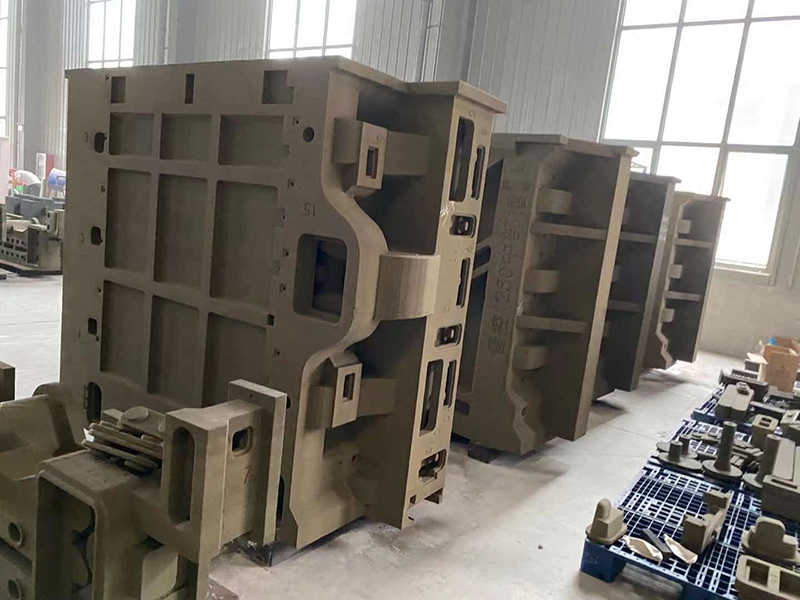Molding Sand for Metal Casting An In-Depth Exploration
Molding sand plays a crucial role in the metal casting process, influencing the quality, efficiency, and cost-effectiveness of the final product. This essential material acts as a mold that shapes the molten metal, allowing it to solidify into components with intricate geometries. Understanding the composition, properties, and types of molding sand is vital for foundries and metal casters who strive for excellence in their casting operations.
Composition of Molding Sand
Molding sand primarily consists of five key components silica sand, clay, water, additives, and sometimes charcoal. Silica sand, the predominant ingredient, provides the necessary refractory properties to withstand high temperatures. The size and shape of the sand grains can significantly impact the mold’s performance. The addition of clay, typically bentonite, enhances the mold's cohesiveness and helps bind the sand grains together. Water is crucial for activating the clay and achieving the desired plasticity, allowing the mold to be easily shaped and hold its form during the metal pouring process.
Additives may include organic materials or pigments, which can enhance certain properties such as permeability or color. The careful balancing of these components determines the molding sand's performance characteristics, such as strength, permeability, and ability to absorb moisture.
Types of Molding Sand
There are several types of molding sand, each tailored for specific casting applications
1. Green Sand The most commonly used molding sand, green sand is a mixture of silica sand, clay, and water. It is termed green due to its damp state when used. Green sand molds are known for their excellent permeability, allowing gases to escape during the pouring of molten metal, which reduces the risk of defects.
2. Dry Sand This type of sand is preheated and contains a higher proportion of clay and no moisture. Dry sand molds can provide greater strength and are often used for larger castings. However, they are more brittle than green sand molds and may require additional coatings to prevent metal from sticking to the mold.
3. No-bake Sand This is a mixture of sand and a chemical binder that sets at room temperature without requiring moisture. No-bake sand provides excellent dimensional accuracy and is particularly advantageous for producing complex shapes where traditional methods may fall short.
molding sand for metal casting

4. Shell Sand Made by coating fine sand with a thermosetting resin, shell sand molds are cured by directing heat at them. This technique creates strong, thin-walled molds suited for high-precision castings, often eliminating the need for further machining.
Properties of Molding Sand
The effectiveness of molding sand in the casting process hinges on several critical properties
- Permeability The ability of the mold to allow gases to escape is vital for avoiding defects. High permeability ensures that air can escape from the mold cavity during metal pouring without causing defects like blowholes.
- Strength Adequate strength is necessary to maintain the mold's integrity under the weight of the metal. After solidification, the mold must also withstand the mechanical stress involved in demolding.
- Plasticity A balance of plasticity is essential for shaping the mold. It should be pliable enough to create detailed features while retaining a stable form.
- Thermal Stability Molding sand must withstand high temperatures without breaking down or reacting with the molten metal. This property is crucial for ensuring the integrity of the final casting.
Conclusion
Molding sand is an indispensable component of the metal casting process, with its properties and composition directly affecting the quality of castings. Foundries must meticulously select the right type of molding sand based on their specific requirements to optimize production efficiency and achieve high-quality results. As technology advances, the formulation and processing of molding sands continue to evolve, ushering in innovations that improve the casting process and expand the possibilities for manufacturers. By understanding and mastering molding sand, foundries can better meet the various demands of the modern manufacturing landscape.
Post time:снеж . 05, 2024 02:17
Next:3d printing sand casting
